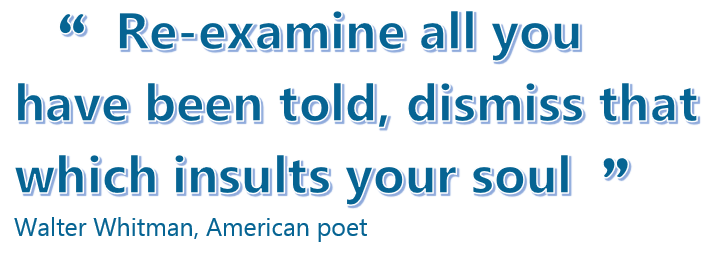Confronting Inequality in the UK Pension System
A Call for Fair and Lasting Reform
by Anthony Royd
Article 2: The Burden on Low-Income Taxpayers
Published 21st November 2024
The opening article on UK pensions identified the three pillars of the UK pension system: State pensions, private pensions, and public sector pensions, while also providing a brief history of private pension reforms since the 1980s. In this article, we turn our focus to low-income workers and the unique challenges they face within the pension landscape.
The State Pension System and Its Burden on Low-Income Taxpayers
The state pension system in the UK is designed to provide a basic level of income to retirees. However, it is primarily funded through National Insurance contributions made by current workers. This creates a situation where lower-income individuals, who may earn less and thus contribute less, receive relatively more in terms of state pension benefits compared to their contributions.
Conversely, higher earners contribute significantly more but do not proportionately benefit from the state pension system upon retirement. However, the Triple Lock may increase pensions more than increase in low-income taxpayers. This disparity can lead to perceptions that low-income taxpayers are subsidising higher pensions for wealthier retirees, especially as public service retirees receive both an adequate DC pension and the State Basic Pension, as revealed in the following article.
Reliance on Means-Tested Benefits
Many low-income retirees rely heavily on means-tested benefits such as Pension Credit to supplement their state pension income. As the state pension increases, it can push some individuals above the eligibility threshold for these benefits, thereby reducing their overall income from combined sources. For instance, while state pensions have risen by 6% for poorer pensioners between 2011-12 and 2022-23, total benefit incomes (including means-tested support) only rose by 1%. This dynamic effectively reduces the financial safety net for low-income workers, while simultaneously increasing their tax burden as they contribute to a system that provides limited returns.
Rising Income Inequality Among Pensioners
Since 2011, average incomes for poorer pensioners have lagged behind those of middle-income groups due to stagnant growth in private pensions and employment-related incomes. The relative poverty rate among pensioners has increased from 13% in 2011-12 to 16% in 2022-23, indicating that low-income taxpayers are increasingly shouldering a greater burden as they fund a system that does not adequately support their own financial security in retirement.

Increased Financial Pressure on Working-Age Taxpayers
As demographic trends shift towards an aging population with rising numbers of retirees relative to working-age individuals, there is an increasing financial strain on younger taxpayers who must support this growing cohort through taxation. Projections indicate that spending on state pensions will rise significantly over the coming decades—by £100 billion annually by 2070—placing additional pressure on current workers’ wages and disposable incomes.
Health Disparities and Employment Challenges
Many low-income individuals face health challenges that limit their ability to work until retirement age or beyond. With approximately 35% of men and 40% of women aged in their late sixties reporting disabilities that affect daily life, these individuals may find it difficult to maintain consistent employment up until the new higher state pension ages are implemented. This situation exacerbates financial insecurity among low-income groups who may be forced into early retirement without adequate savings or pension provisions.
The Unseen Burden on Low-Income Taxpayers
In summary, the UK State Pension system imposes an unequal burden on low-income taxpayers due to its funding structure favouring higher earners, reliance on means-tested benefits that diminish with increased state pensions, rising income inequality among retirees, increased financial pressure on younger workers supporting this system, and health disparities affecting employment opportunities.
Next in the Series: Public vs. Private Sector Pensions: An Unequal Playing Field
The following article delves into the contrasting worlds of public and private sector pensions, highlighting the unique advantages of government-backed pensions and the challenges faced by those in the private sector.
Follow me and reflect on fairness and anticipate further analysis on pension disparities and reform.
At the heart of this issue lies an ethical question: is it fair for taxpayer contributions to support a more robust pension system for some workers, while others face greater uncertainty in their retirement? — I don’t think it is fair, or Is It Me!
